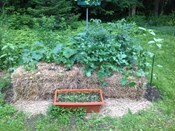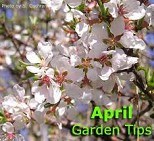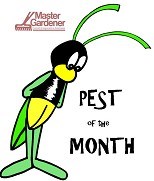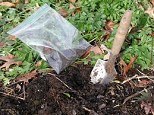It's been nine days since the last post and things are really taking off. We've had some rain so watering has not been a daily routine. We have begun to feed with a 20-20-20 liquid fertilizer. Tomatoes especially like a balanced food. When I listed the advantages of straw bale gardening in the last blog I think I left out an important one...very little weeding necessary. Straw bales have way less seeds than hay, so make sure to specify straw bales if you are buying.
"Hilling" potatoes as they grow is the common practice, but we are not sure if we can do this on the bale. More experimenting I guess.
Here is a link to the Cornell growing guide for potatoes.
http://www.gardening.cornell.edu/homegardening/scenec6be.html
Call 835-2135, or email fultonmontgomery@cornell.edu if you have questions.
Happy gardening.





